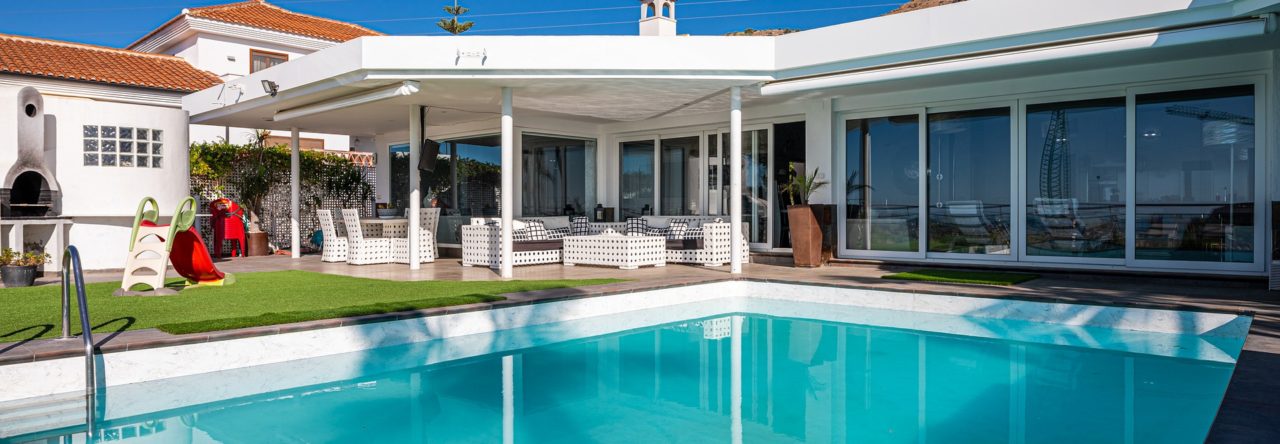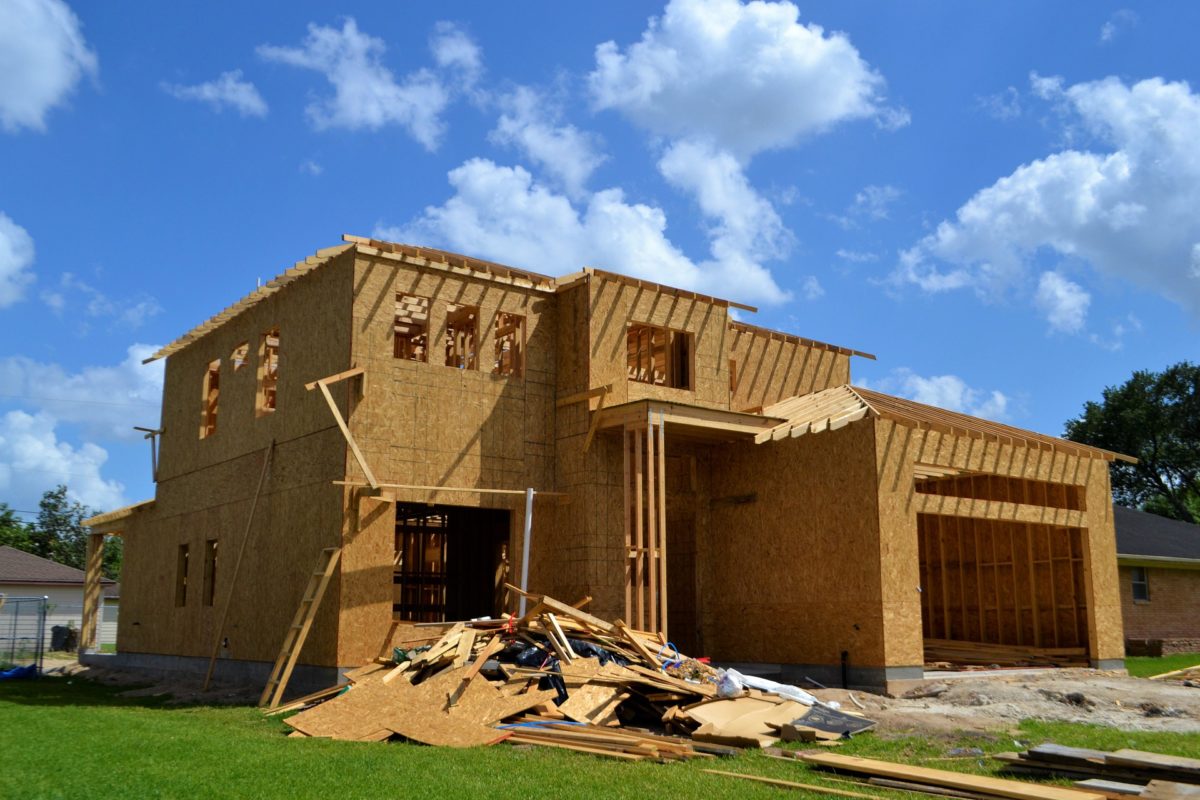Selling your property can take a lot of effort. Between the spring clean, sprucing up the outdoors and clearing out all of your clutter. However, it is essential to remember that most people’s first impression of your home will not be up close and personal. Indeed, it will be through the photographs you present in listings.
To really put your home a cut above the competition, it is vital to capture your home’s best side on film. Here’s how to get started on making your house a superstar model.
Get a professional
While it can seem easy just to grab your old digital camera and take a few quick snaps to put up for your listing, a little more effort will go a long way. Hiring a seasoned home photographer will provide a wealth of options for styles of shots, as well as someone who has a trained eye for the best side your home has to offer.
This means you can get crisp, clear, stunning imagery right through your photoset. A higher-quality set of photos is more likely to attract buyers and is a must when selling.
Good lighting
One of the most important factors in a great home photograph is light. Your real estate photographer will be able to make the most of what’s on offer.
All the blinds, shutters and curtains should be open to bringing in as much natural light as possible. Don’t hesitate to also turn on all the lights in your home to ensure your property is flooded with as much light as can be. Of course, make sure your windows are clean.

A good photographer should shoot your rooms when the light is at its brightest, and won’t let the shots become oversaturated. Doing it yourself, you can run this risk – an unsure photographer may end up with photos where the sunlight masks your home’s best features! This is why it is essential to get a professional. Who knows how much value you could add to the sale?
Add some plant life
Fresh green plants add a feeling of life and vitality to interior photos. Make sure any dead leaves are removed and large leaves dusted. If you don’t have any plants, consider buying a few to decorate the indoors.
They help make the photos more appealing and can be used for the duration of the marketing campaign, as they will contribute to creating a pleasant atmosphere during open homes too.
Clear the mess
Even the best camera won’t sell your home if you haven’t organized the rooms for maximum appeal.
Take action before a photoshoot to let as much space flow through your home as possible. Move surplus furniture and clutter, and make sure mirrors aren’t in places that could cause awkward reflections in photos.
Kitchen
Clear the clutter from any benches to help create a feeling of space. It is OK to leave one to two nice appliances on the counter, but make sure the smaller ones and those that are old are put away.
Bathroom
Hide toiletries and ensure the bathroom/s look fresh. Adding some nice soap, a small flowering plant and perhaps a candle is all that should be on display on the bathroom vanity.
Make sure there are fresh plump towels, preferably white, a new toilet roll and that the loo seat is down.
Pull open the shower curtain or make sure the glass shower screen is sparkling clean.
Bedroom
Photos seem to pick up every detail and every imperfection. Make sure to spend some time straightening your bed covers and tucking them in and fluffing up the pillows. Also, ensure all clutter and personal items are removed from the bedside tables.
A bedside lamp with a small vase or indoor plant is enough to create interest in the photo without cluttering the space.
Walk around with fresh eyes
Walk around your property with fresh eyes and make sure you have removed all items that are cluttering up the home.
Ensure there are no shoes in the hallway, no old fruit in a fruit bowl, no mail, newspapers or paperwork piled up, nothing on the fridge door including your kids’ artwork. Remote controls need to be out of sight, the majority of kids toys hidden, and any sign of your pet such as food bowls, beds or litter boxes removed.
Highlight special features
If you have specific spaces that you want to highlight, make sure you tell your photographer. For instance, you may want a feature shot of your beautiful display shelves, a fireplace or fire pit (but then make sure it is lit or that the photographer photoshops in a fire).
Perhaps you want to feature your hot tub or pool, so check that they are sparkling clean. Presenting these special features in the right way could help seal the deal with potential buyers.
Most people will see your home for the first time in a listing. By treating your property for sale like a model during a photoshoot, you will boost the number of potential buyers coming to the open home.

